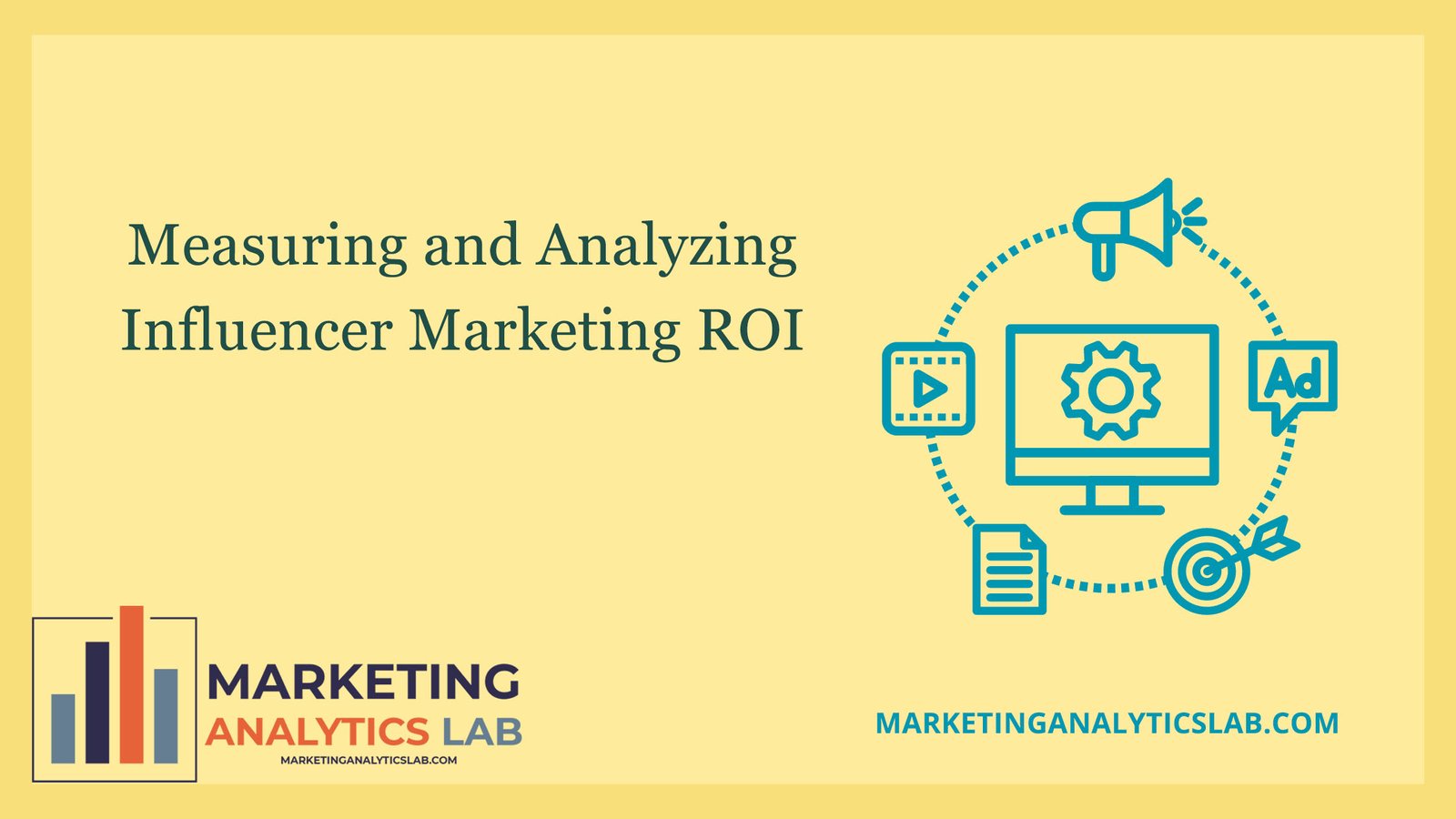Introduction
Influencer marketing has emerged as a powerful strategy for brands seeking to connect with their target audience in a more authentic and engaging way. With the proliferation of social media platforms and the rise of content creators, companies are increasingly turning to influencers to amplify their messages, enhance brand visibility, and drive sales. However, with the significant investment often involved in influencer campaigns, it is crucial for brands to measure and analyze the return on investment (ROI) effectively. This article delves into the intricacies of measuring influencer marketing ROI, exploring key metrics, methodologies, challenges, and best practices.
Understanding Influencer Marketing ROI
Definition of ROI
Return on Investment (ROI) is a key performance indicator used to evaluate the efficiency or profitability of an investment relative to its cost. In the context of influencer marketing, ROI can be defined as the revenue generated from a campaign compared to the cost of that campaign. However, ROI measurement extends beyond direct sales; it also encompasses brand awareness, engagement, and customer loyalty.
Why Measuring ROI Matters
- Budget Allocation: Accurate ROI measurement enables brands to allocate budgets effectively, focusing on strategies that yield the highest returns.
- Campaign Optimization: Understanding what works and what doesn’t allows brands to optimize future campaigns for better performance.
- Accountability: Measuring ROI provides accountability to stakeholders and demonstrates the value of influencer marketing to senior management.
Key Metrics for Measuring Influencer Marketing ROI
1. Sales Revenue
The most straightforward method of measuring ROI is by calculating the sales generated from an influencer campaign. Brands can track unique discount codes, affiliate links, or use analytics tools to determine how many purchases can be attributed to the influencer’s promotion.
Formula: ROI=(Revenue from Influencer Campaign−Cost of Campaign/Cost of Campaign)×100
2. Engagement Metrics
Engagement metrics such as likes, comments, shares, and views are vital in assessing how well content resonates with the audience. High engagement often correlates with increased brand awareness and affinity.
- Engagement Rate: This metric measures the level of interaction relative to reach.
Formula: Engagement Rate=(Total Engagements/Total Followers)×100
3. Brand Awareness
Influencer marketing can significantly boost brand awareness. Surveys, social listening tools, and brand mentions can help quantify changes in brand awareness post-campaign.
- Brand Sentiment Analysis: Understanding the sentiment surrounding a brand before and after a campaign can provide insights into shifts in public perception.
4. Website Traffic
Tracking the increase in website traffic during and after an influencer campaign can be a strong indicator of ROI. Tools like Google Analytics can help measure referral traffic from influencer posts.
- Unique Visitors: Monitoring unique visits from specific campaigns allows brands to gauge interest and engagement.
5. Customer Acquisition Cost (CAC)
CAC is the total cost of acquiring a new customer through marketing efforts. Comparing the CAC from influencer marketing to other channels can provide insight into the effectiveness of influencer strategies.
6. Customer Lifetime Value (CLV)
Understanding how much a customer is worth over their lifetime can help brands assess the long-term ROI of influencer marketing. A higher CLV compared to CAC indicates a successful strategy.
Methodologies for Measuring ROI
1. Attribution Models
Implementing proper attribution models helps brands understand the consumer journey and determine which touchpoints contribute to conversions. Common models include:
- Last Click Attribution: Credits the last touchpoint before a conversion.
- First Click Attribution: Attributes the conversion to the first interaction.
- Multi-Touch Attribution: Distributes credit across multiple touchpoints throughout the customer journey.
2. Tracking Tools and Software
Utilizing analytics tools is essential for gathering data effectively. Some popular options include:
- Google Analytics: For website traffic and conversions.
- Social Media Analytics: Platforms like Facebook, Instagram, and Twitter provide insights into engagement and reach.
- Influencer Marketing Platforms: Tools such as AspireIQ and Traackr can help manage campaigns and measure performance.
3. Surveys and Feedback
Conducting surveys post-campaign can provide qualitative data on customer perceptions and awareness shifts. Questions may include:
- How did you hear about our brand?
- What influenced your decision to purchase?
Challenges in Measuring Influencer Marketing ROI
1. Attribution Difficulties
Determining the exact contribution of an influencer can be complex, especially in multi-channel marketing environments where various touchpoints influence consumer behavior.
2. Variability in Influencer Impact
Different influencers yield varying results based on their audience size, niche, and engagement levels. Understanding these nuances is crucial in evaluating their effectiveness.
3. Long-Term Effects
The impact of influencer marketing may extend beyond immediate sales, affecting brand loyalty and future purchases. Measuring these long-term effects can be challenging.
Best Practices for Measuring Influencer Marketing ROI
- Set Clear Objectives: Define what success looks like for each campaign (e.g., increased sales, improved brand awareness).
- Use Consistent Metrics: Utilize the same metrics across campaigns to facilitate comparison and trend analysis.
- Combine Quantitative and Qualitative Data: Integrate hard data with customer feedback for a comprehensive view of campaign performance.
- Regularly Review and Adjust: Continuously analyze performance data to refine strategies and optimize future campaigns.
Conclusion
Measuring and analyzing the ROI of influencer marketing is essential for brands looking to maximize their marketing investments. By leveraging a combination of quantitative metrics and qualitative insights, companies can better understand the effectiveness of their influencer partnerships. Despite the challenges, establishing robust measurement frameworks and embracing best practices can lead to more informed decision-making and improved campaign outcomes, ultimately enhancing the overall impact of influencer marketing strategies. As the landscape continues to evolve, brands that prioritize effective ROI measurement will be better positioned to navigate the complexities of this dynamic marketing approach.

